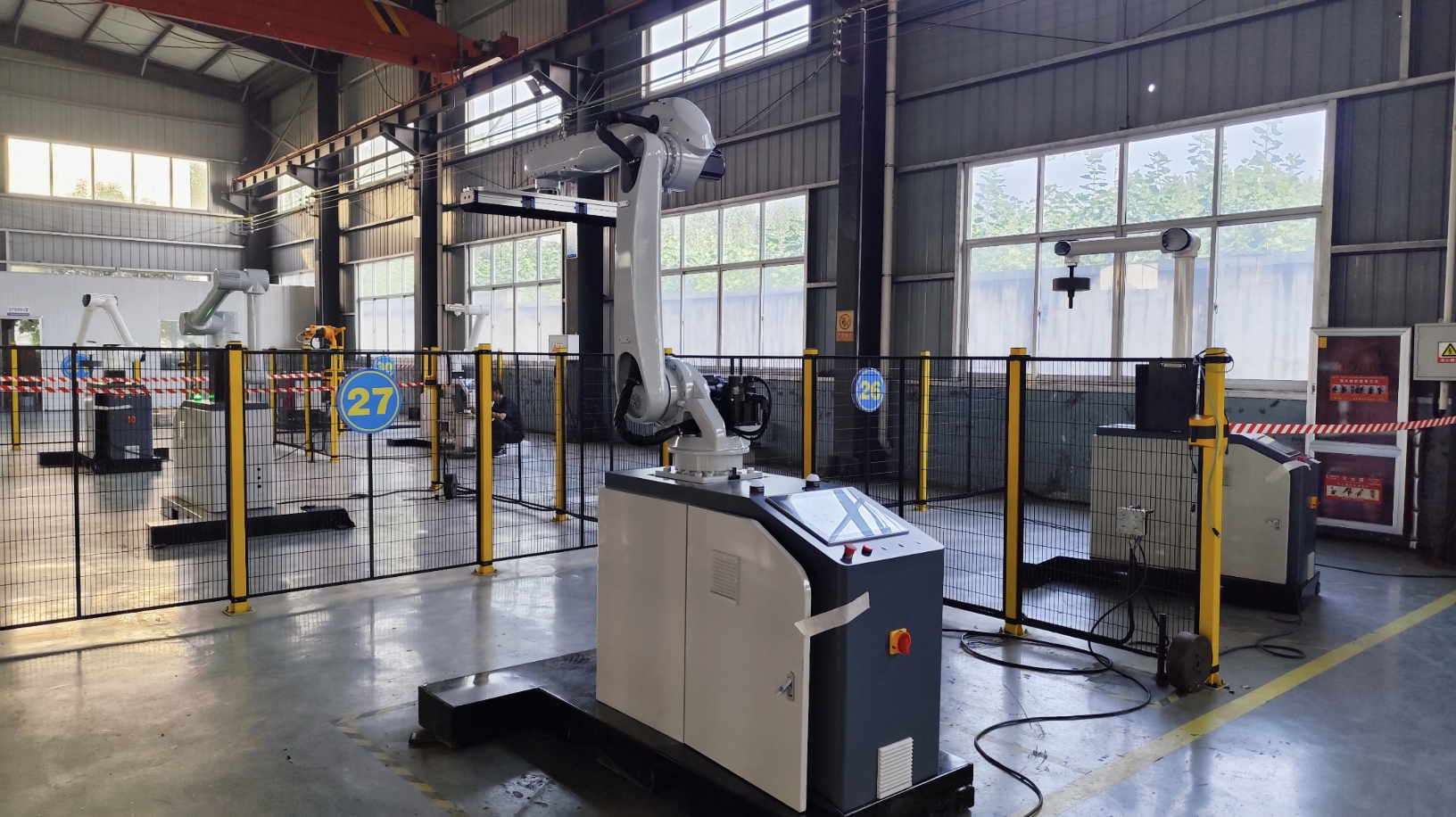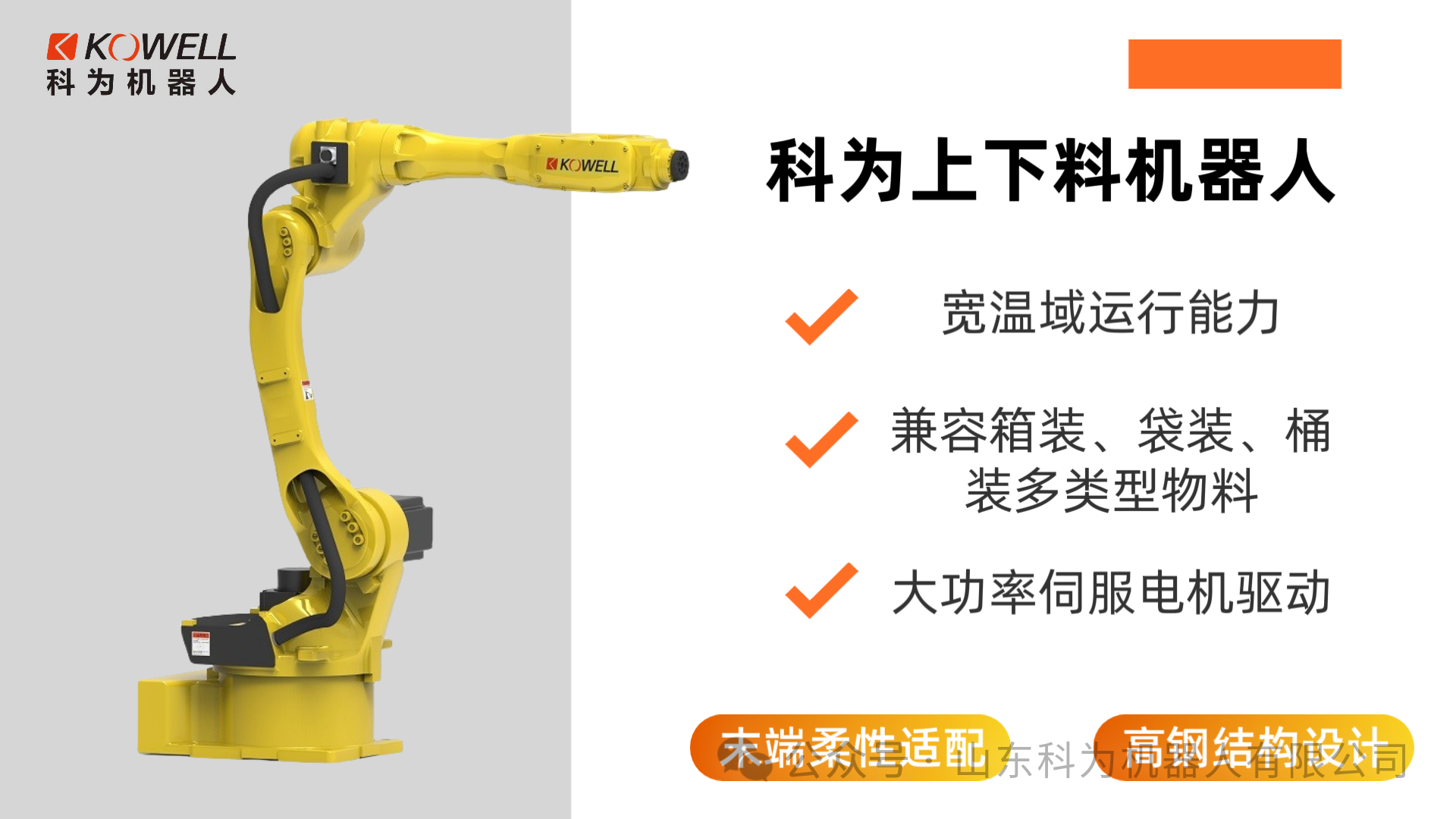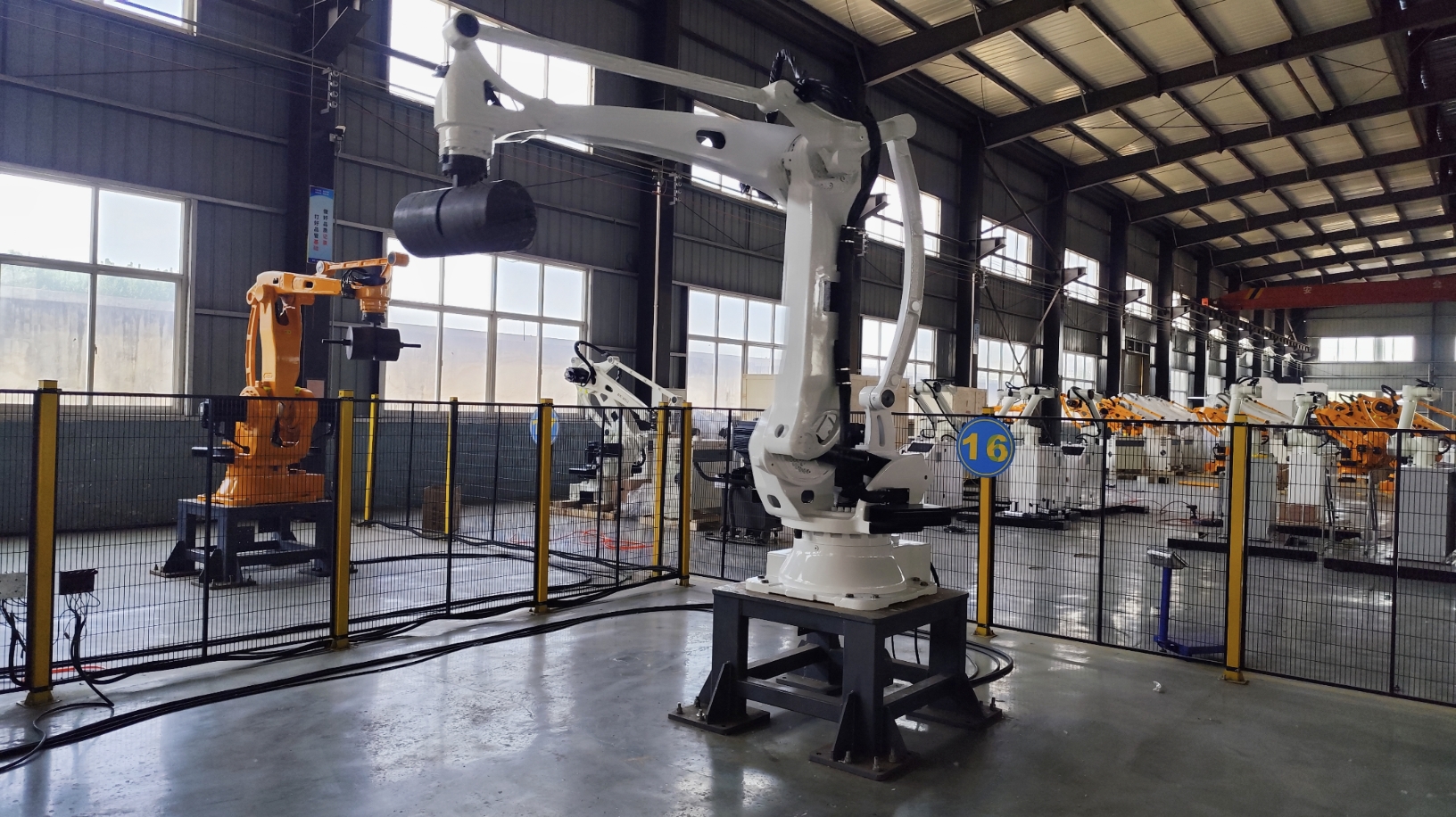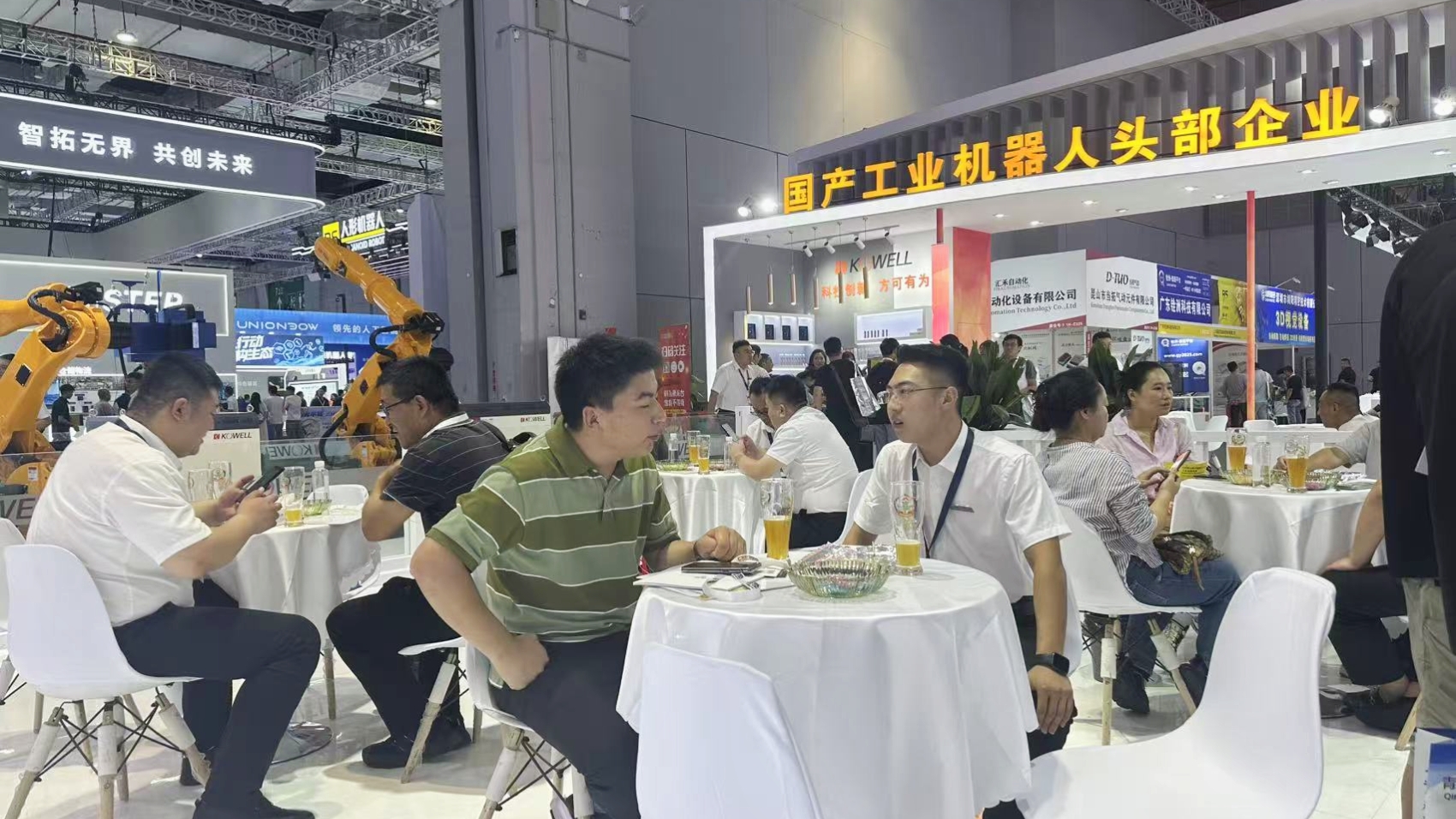As the manufacturing industry shifts toward flexibility and intelligence, the role of material handling is becoming increasingly important. Traditional single-point handling methods are no longer able to meet the demands of multi-station, high-variety, and small-batch production. The integration of multi-station handling systems has become a key measure to improve production line efficiency and ensure the smooth operation of the production chain. This article, based on specific case studies, will delve into the integration of multi-station handling systems within the production process and the resulting collaborative reshaping of the production chain.
1. Background and Necessity of Multi-Station Handling System Integration
Traditional production line handling tasks often rely on manual labor or a single robotic arm to perform fixed tasks. This approach faces numerous limitations: first, low handling efficiency, resulting in material waiting and backlogs; second, difficulty in achieving seamless integration between processes, leading to unstable production line rhythms; and third, a lack of flexibility, making it difficult to adapt to frequently changing production tasks. With increasingly stringent market demands for product diversification and shorter delivery cycles, improving the overall efficiency and flexibility of handling systems has become a pressing need for manufacturing companies.
In this context, multi-station handling systems integrate multiple handling robots and automated handling equipment, achieving cross-station material flow and deep linkage in production processes. This is more than just stacking equipment; it deeply integrates handling units into production processes and scheduling systems, creating a coordinated and orderly operation model. This integration effectively reduces bottlenecks in traditional handling processes and improves overall production line efficiency.
2.Integration Process and Key Steps of Multi-Station Handling Systems
In actual applications, the integration of multi-station handling systems involves complex design and adjustment, typically encompassing the following key steps:
- Production Layout and Path Optimization
Multi-station handling systems require re-planning of workstation layouts and handling paths tailored to the specific production workshop environment. By rationally arranging multiple process stations, such as processing, testing, and assembly, and integrating the range of motion and operational capabilities of the handling robots, a well-defined material flow path is established. This step ensures the continuity and efficiency of handling operations, minimizing wasted movement and unloaded materials.
- System Interconnection and Scheduling Coordination
Handling units do not operate in isolation; instead, they are embedded within the overall production line control system, enabling linkage with production planning, equipment status, and quality monitoring. Through an automated scheduling platform, the priority and execution timing of handling tasks at different workstations are coordinated to ensure the timely flow of materials between various processes. This coordination mechanism significantly reduces waiting time and process interruptions, improving the stability of the production line cycle.
- Human-Robot Collaboration and Personal Safety
Human safety is also a core component of the integration process. Multi-station handling systems typically incorporate safeguards to ensure appropriate distances and interaction rules between the robotic arm, operators, and other equipment. Furthermore, a well-designed human-robot collaboration process enables the handling robotic arm to both automatically perform repetitive actions and flexibly coordinate with human operators, effectively utilizing productivity.

3. Synergistic Reshaping Effects After the Integration of the Multi-Station Handling System
After the integration of the multi-station handling system, the production chain has demonstrated significant synergistic reshaping, as demonstrated in the following aspects:
- More Stable Production Rhythm
The multi-station handling system precisely matches material delivery with the processing cycle, reducing process wait times caused by handling errors and ensuring smoother production line operation. Especially during high-mix switching and small-batch production, the system rapidly adjusts handling paths and pacing, ensuring continuous and stable production.
- Improved Capacity and Equipment Utilization
Efficient handling coordination reduces idle time due to material backlogs and increases the utilization rate of processing and testing equipment. This allows companies to maximize production capacity, reduce resource waste, and improve production efficiency.
- Improved Manufacturing Flexibility and Responsiveness
Multi-station handling systems offer a high degree of flexibility in routing and task scheduling, enabling rapid response to order changes and production plan adjustments, supporting mixed-line production of multiple varieties and batches. The increased flexibility of handling systems directly promotes the upgrading of companies' manufacturing models.
4.Future Outlook
As a core link in the modern manufacturing chain, multi-station handling systems will develop towards greater intelligence and networking in the future. By introducing more advanced sensing technologies, algorithm optimization, and cloud-based collaboration, the flexibility and intelligence of handling systems will be further enhanced, becoming the foundation for the digital transformation of manufacturing systems.
Manufacturing companies should continuously focus on the integration and optimization of multi-station handling systems and fully tap their potential to empower collaborative production chains. Only in this way can they maintain agility and stay ahead of the competition in the fierce market.

Online Consultation
Hello, the current customer service is offline. You can leave your contact information and the staff will respond to you as soon as possible!






![[CIIF Day 4: Technology In-Depth] Kewei Robotics Drives Intelligent Manufacturing with Innovation, Leading the Wave of Industrial Transformation](https://cdn.cnyandex.com/kw_en/uploads/9.26.1.jpg)